Optimized Application of Multibeam Bathymetry Technology in Seafloor Surveys
DOI: 10.23977/jeis.2023.080507 | Downloads: 25 | Views: 1483
Author(s)
Jiayi Chen 1, Shengxiang Ma 2, Mengqing Li 3
Affiliation(s)
1 School of Electrical and Information, Hunan Institute of Engineering, Xiangtan, 411104, China
2 School of Computer and Communication Engineering, Hunan Institute of Engineering, Xiangtan, 411104, China
3 School of Computer Science and Electronics, Hunan Institute of Engineering, Xiangtan, 411104, China
Corresponding Author
Jiayi ChenABSTRACT
This study focuses on optimizing multibeam bathymetry technology, applying it to underwater terrain measurement, achieving a transition from point-to-line measurement, and minimizing the measurement path. Using the sine theorem and slope cosine theorem, a mathematical model for coverage width in the presence of slopes is established. The study calculates the seawater depth, coverage width, and overlap rate with the previous measurement line at various positions along the measurement line from the center point, with a distance of 800m resulting in a seawater depth of 49.05m and a coverage width of 170.27m. Subsequently, multiple β angles are selected to quantitatively analyze the impact of different angles on the measurement. Combining the established coverage width model, a mathematical model for coverage width at a certain distance from the center of the maritime area is developed for different β angles. The conclusion is drawn that at a β angle of 180 degrees, the farthest point from the center of the maritime area has the minimum coverage width of 63.03m, while at a β angle of 0 degrees, the farthest point has the maximum coverage width of 770.07m.
KEYWORDS
Theorem, Nonlinear Programming, Genetic Algorithm, Single Line Measurement ModelCITE THIS PAPER
Jiayi Chen, Shengxiang Ma, Mengqing Li, Optimized Application of Multibeam Bathymetry Technology in Seafloor Surveys. Journal of Electronics and Information Science (2023) Vol. 8: 45-51. DOI: http://dx.doi.org/10.23977/10.23977/jeis.2023.080507.
REFERENCES
[1] Fujiwara T .Seafloor Geodesy From Repeated Multibeam Bathymetric Surveys: Application to Seafloor Displacement Caused by the 2011 Tohoku-Oki Earthquake[J].Frontiers in Earth Science, 2021, 9:667666. DOI: 10.3389/feart. 2021. 667666.
[2] Wang Junsen, Jin Shaohua, Bian Zhigang, et al. Correction of Yaw Motion Residuals in Multibeam Depth Measurement Using Overlapping Regions of Adjacent Survey Lines[J]. Journal of Ocean Technology. 2023, 42(04): 35-42.
[3] Zhu Xiangcheng, Peng Guangdong, Wang Zijun, et al. Application of Multibeam Depth Measurement Technology in Operational Monitoring of Coastal Engineering[J]. Hydraulic Technical Supervision. 2021(08): 26-29.
[4] Xu Zhaohua, Wang Zhiliang, Zhang Ping. Application of Multibeam Depth Measurement Technology in Terrain Measurement of Ports[J]. Surveying and Mapping Standardization. 2021, 37(01): 83-86.
[5] Li Fan, Jin Shaohua, Bian Gang, et al. Construction and Verification of an Improved Model for Multibeam Bathymetry Measurement Errors[J]. Acta Geodaetica et Cartographica Sinica. 2022, 51(05): 762-771.
| Downloads: | 13850 |
|---|---|
| Visits: | 586920 |
Sponsors, Associates, and Links
-
Information Systems and Signal Processing Journal
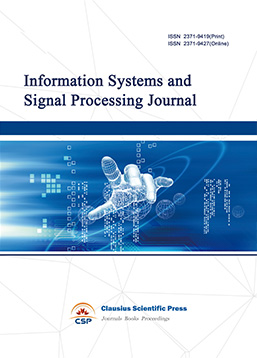
-
Intelligent Robots and Systems
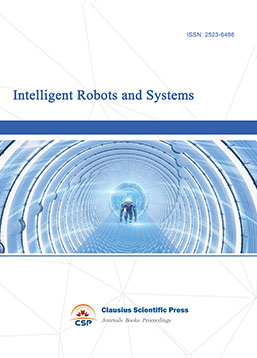
-
Journal of Image, Video and Signals
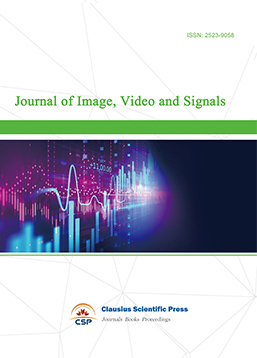
-
Transactions on Real-Time and Embedded Systems
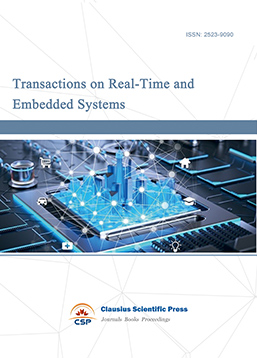
-
Journal of Electromagnetic Interference and Compatibility
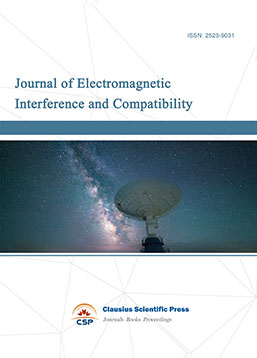
-
Acoustics, Speech and Signal Processing
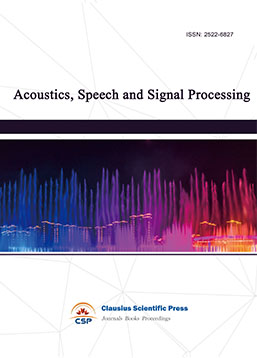
-
Journal of Power Electronics, Machines and Drives
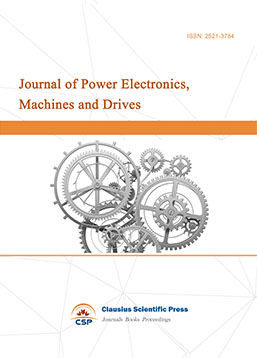
-
Journal of Electro Optics and Lasers
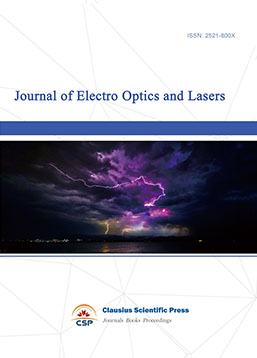
-
Journal of Integrated Circuits Design and Test
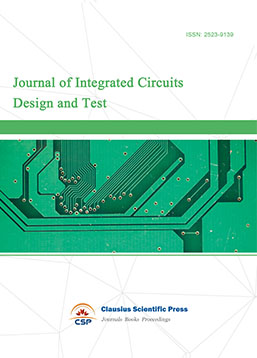
-
Journal of Ultrasonics
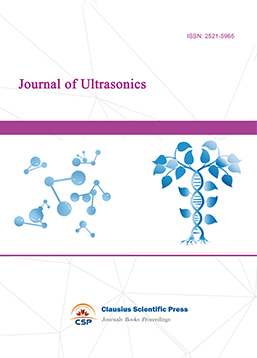
-
Antennas and Propagation
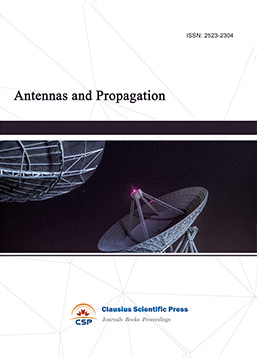
-
Optical Communications
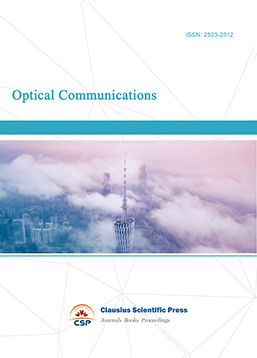
-
Solid-State Circuits and Systems-on-a-Chip
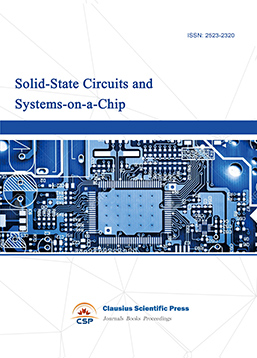
-
Field-Programmable Gate Arrays
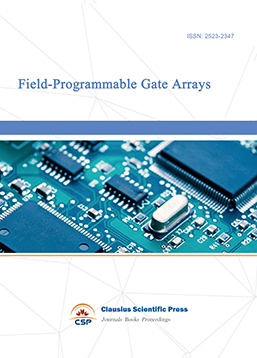
-
Vehicular Electronics and Safety
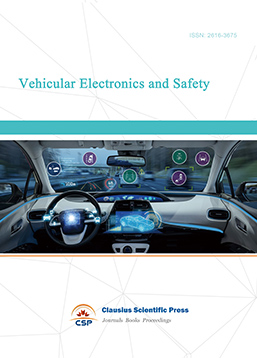
-
Optical Fiber Sensor and Communication
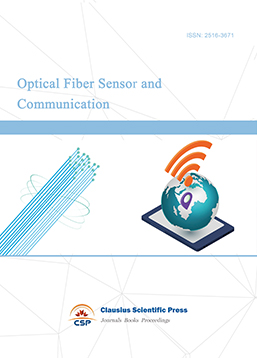
-
Journal of Low Power Electronics and Design
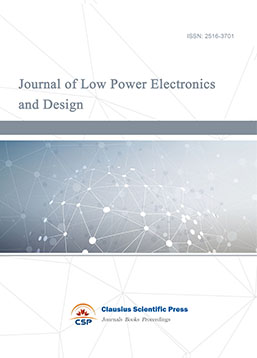
-
Infrared and Millimeter Wave
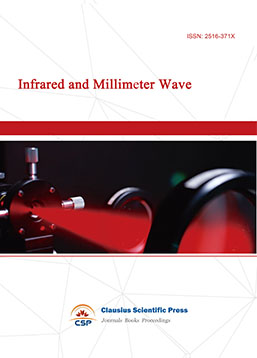
-
Detection Technology and Automation Equipment
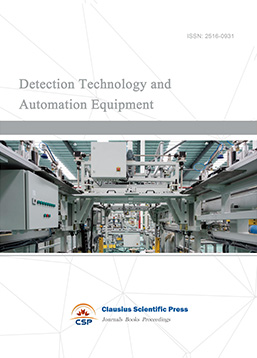
-
Journal of Radio and Wireless
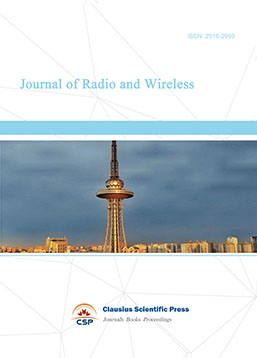
-
Journal of Microwave and Terahertz Engineering
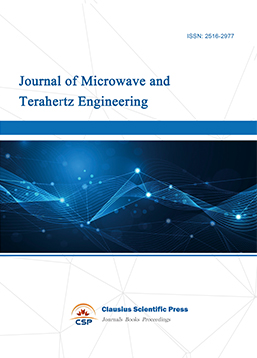
-
Journal of Communication, Control and Computing
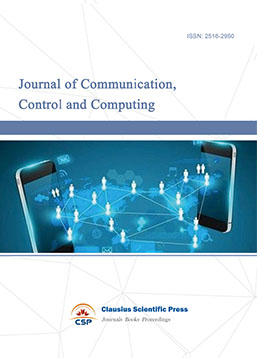
-
International Journal of Surveying and Mapping
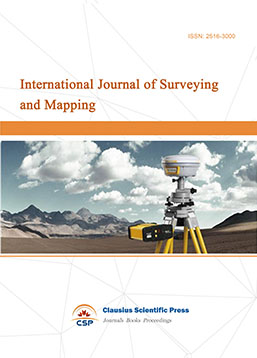
-
Information Retrieval, Systems and Services
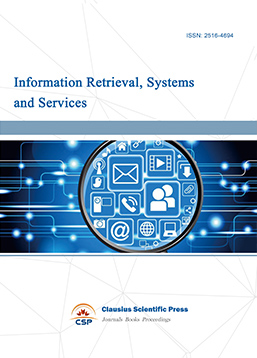
-
Journal of Biometrics, Identity and Security
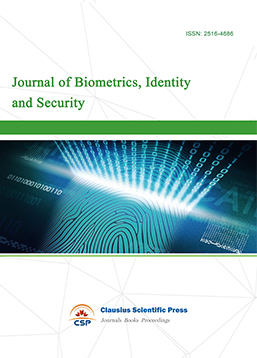
-
Journal of Avionics, Radar and Sonar
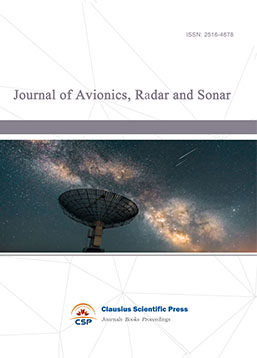

 Download as PDF
Download as PDF